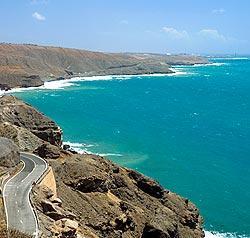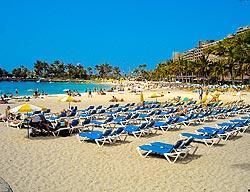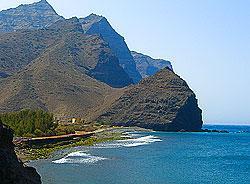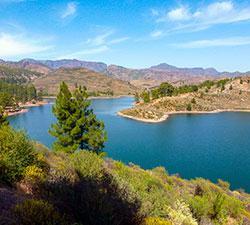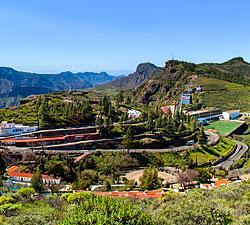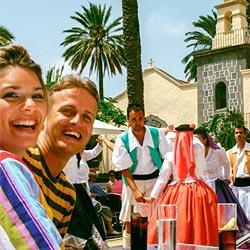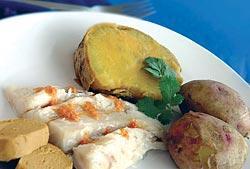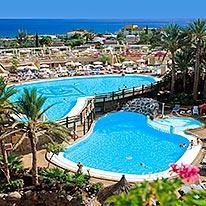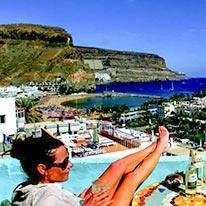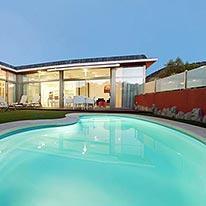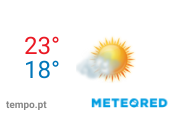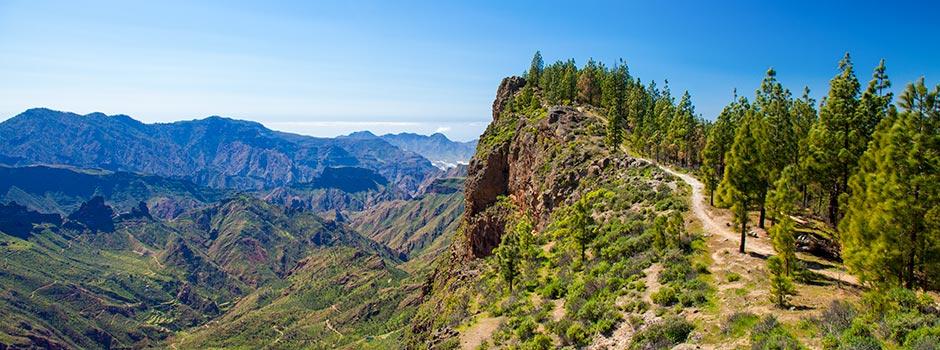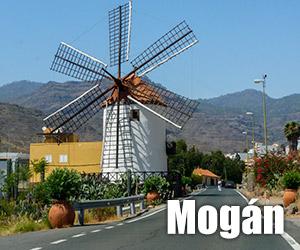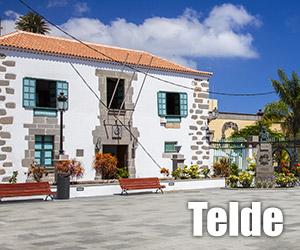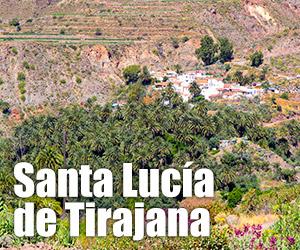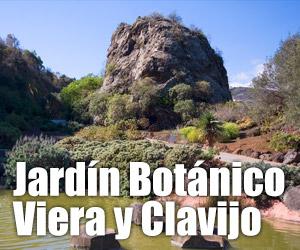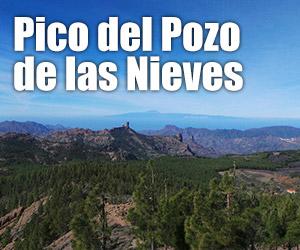The Canary Islands boast almost 2,000 different species of plants, approximately 700 of which are endemic. Many of these species may only be known to flora and fauna enthusiasts, but their beauty, dramatic shapes and rich colours can be observed throughout the island and can be appreciated by everyone.
In mountainous areas at altitudes over 1,000 metres (3,280ft) you will find the Canary Island Pine (Pinus canariensis) which can grow up to 60 metres. It is a large evergreen tree with a resinous bark which allows it to withstand forest fires and live for hundreds of years. Its needles can grow from 15-30 cm (6-12 in) in length. The Canary Island Date Palm (Phoenix canariensis) inhabits shrub lands and semi-desert regions. It is mainly an ornamental plant, although a small amount of edible fruit does grow from it, but not enough to consider eating. One of the most unusual species to be found in the Canaries is the Dragon Tree (Dracaena draco). This tree grows very slowly and can have either a single or multiple trunk growing up to 12 metres tall with dense leaves that form a kind of umbrella shape at the top. It takes about ten years for the tree to reach just one metre tall. There are many fine specimens of this tree to be found in the Canary Islands, including the renowned Dragon Tree in Tenerife which is an ancient specimen located in Icod de los Vinos in the north of the island. This particular tree is believed to be more than one thousand years old.
One of the most common inhabitants of the laurel forests is the Canary Holly (Ilex canariensis), an evergreen tree also known as Small-Leaf Holly. The bark of this tree is said to have medicinal properties. The Canary Island Wallflower (Erysimum scoparium), a woody, endemic shrub with pink-mauve flowers, grows in the highest regions of the islands.
Another native plant to be found is the Canary Island Spurge (Euphorbia canariensis), a cactus-like tree, with spindly arms and reddish-green flowers. The white Tajinaste (Echium decaisnei), an endemic variety of borage, with sword-shaped leaves and tiny white flowers, also thrives in dry, rocky areas. The coastal basalt rocks are often covered by another distinctive native species, the fleshy Canary Samphire (Astydamia latifolia), which flowers in early spring, while the decorative Balsamic Spurge (Euphorbia Balsamifera) is mainly to be found in semi-desert areas.
These are just a few examples we have picked out from an abundance of native plants that are found growing in the microclimates of the island. In addition to the endemic species, you will find countless imported species from all corners of the world in the Jardín Botánico Viera y Clavijo (in Tafira – near the city of Las Palmas) and Cactualdea (a cacti park in San Nicolás de Tolentino). You will find more information on Jardín Botánico and Cactualdea in our guide by clicking on ‘Things to Do’, then ‘Fun and Theme Parks’. By touring the island at your leisure you’ll see a wide variety of colourful, exotic plants in all their beauty growing wild in their natural surroundings.



